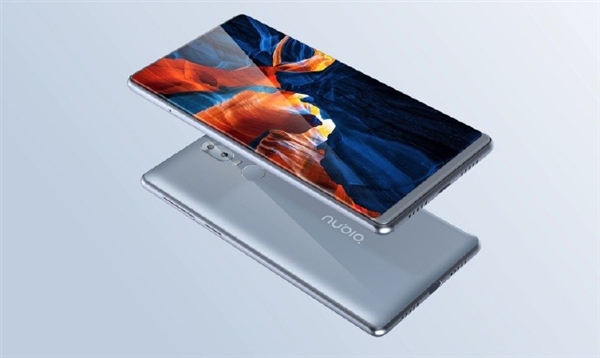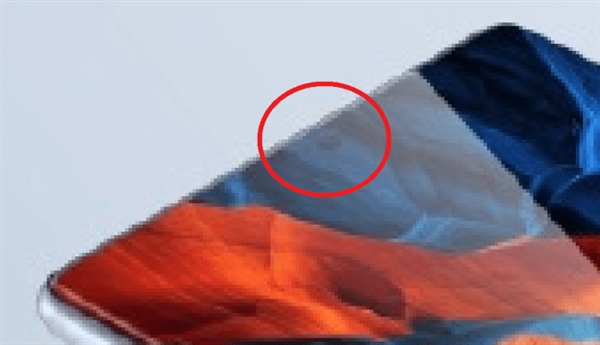Borrowing the tall and immersive experience from the Galaxy S8, the less expensive Galaxy A-series for 2018 brings an 18.5:9 aspect ratio, bezel-free display and a heavy emphasis on cameras. A rear 16MP f/1.7 camera handles everyday shooting but things get much more interesting up front.
Opting for the standard size Galaxy A8 provides a 5.6 inch 1,080 x 2,220 AMOLED display and a 3,000mAh battery. Stepping up to the larger Galaxy A8+ offers the same display but at six inches alongside a 3,500mAh battery. The A8+ also receives 6GB of RAM in the 64GB capacity compared to the 4GB found in the standard A8 and 32GB A8+ model.
Samsung has opted to go with dual cameras on the front of the Galaxy A8 and A8+. Both are f/1.9 aperture but one is 16MP while the other is 8MP. For those interested in Portrait mode and taking lots of selfies, these phones certainly will be of interest. Live Focus will allow previewing of bokeh effects before snapping the perfect shot.
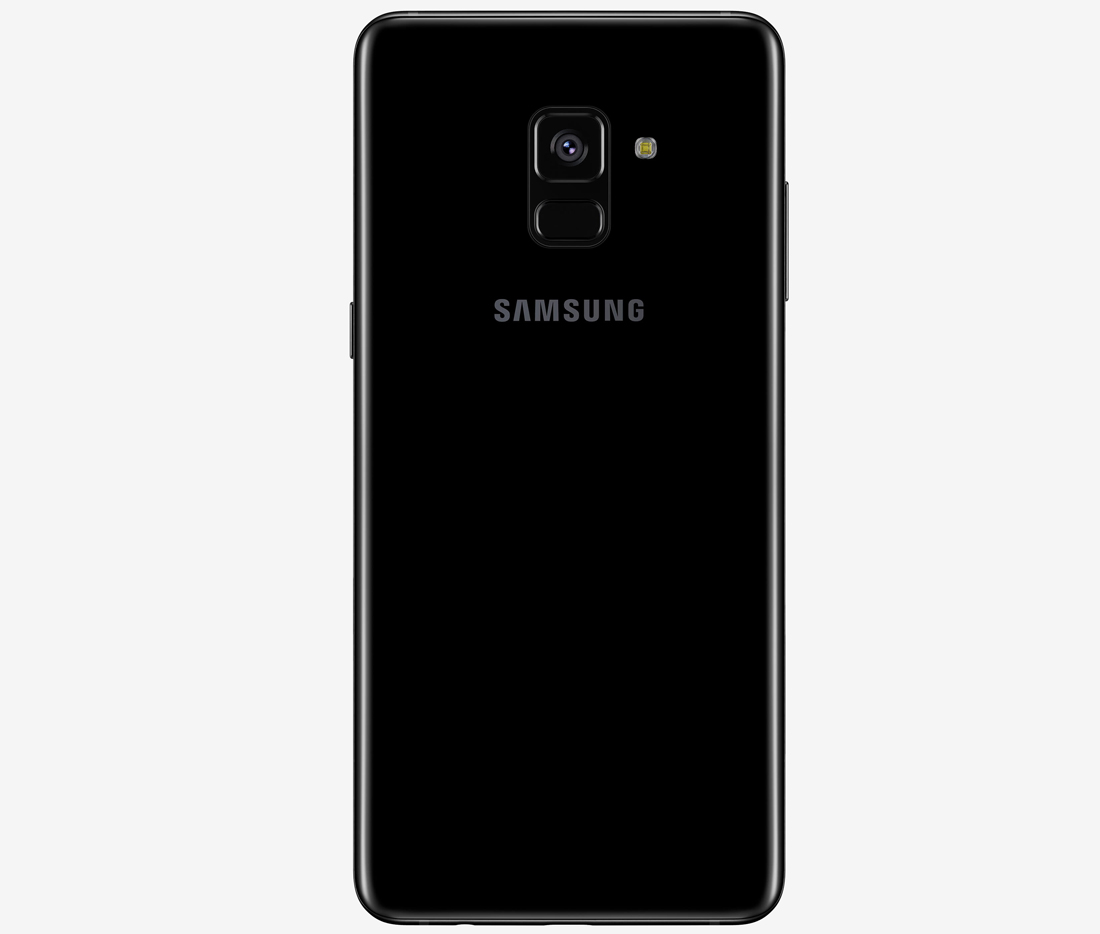
Similar to many other options, the Galaxy A8 is IP68 rated, making it resistant to water and small debris. Android 7.1.1 is the default operating system with no word on when Android 8 (Oreo) will be available. Both sizes of the Galaxy A8 offer a reasonable improvement over the previous generation. One notable improvement is the placement of the fingerprint sensor directly below the camera instead of off-center like on the Galaxy S8.
Neither the A8 nor A8+ are overtly impressive in their own right but that was never Samsung's goal with these devices. The A-series is targeted at consumers who want a smartphone that runs well and is almost as good as a flagship but without the high-end price tag to match. Pricing has not yet been announced but the A7-series have been selling for around $350.
Related ReadsSource: Samsung launches Galaxy A8 and A8+ phones with dual front-facing cameras
 EXCLUSIVE FREE SLIDE DECK: The Next Smartphone by the BI Intelligence Research Team.Get the Slide Deck Now » SEE ALSO: Americans love to buy toys, jewelry, and music on their smartphones NOW WATCH: A guy who reviews gadgets for a living spent a week with the iPhone X and the Pixel 2 — the winner was clear
EXCLUSIVE FREE SLIDE DECK: The Next Smartphone by the BI Intelligence Research Team.Get the Slide Deck Now » SEE ALSO: Americans love to buy toys, jewelry, and music on their smartphones NOW WATCH: A guy who reviews gadgets for a living spent a week with the iPhone X and the Pixel 2 — the winner was clear 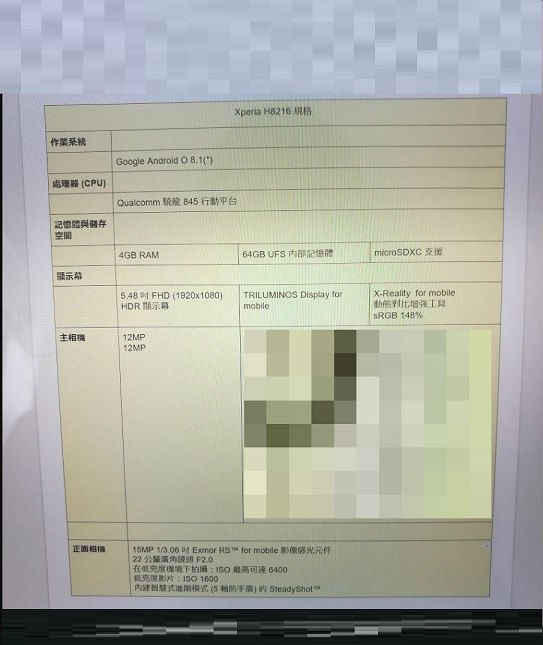
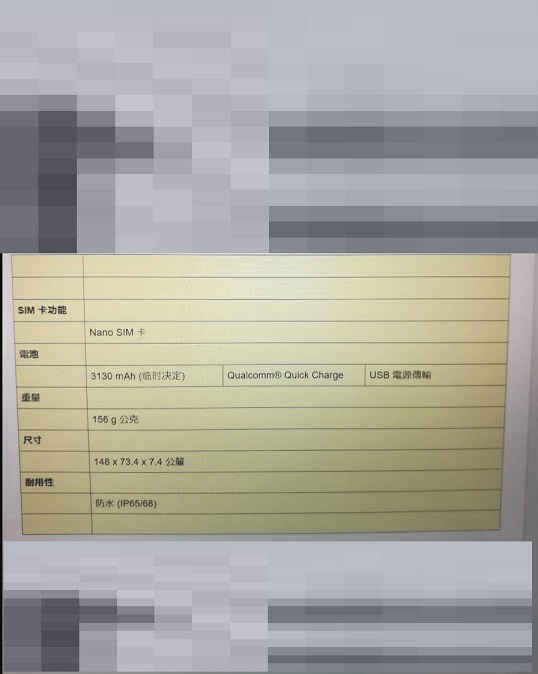
 Digit NewsDesk news@digit.in
Digit NewsDesk news@digit.in 

